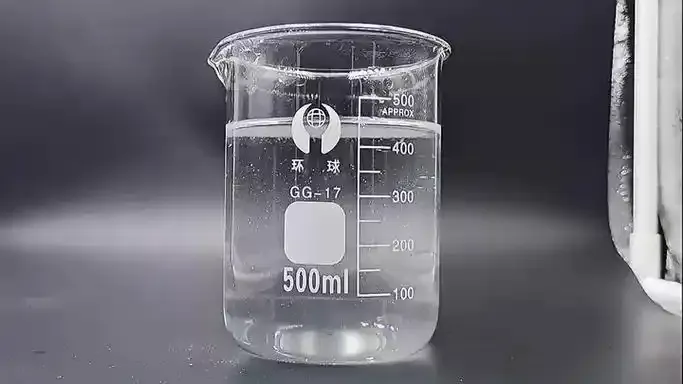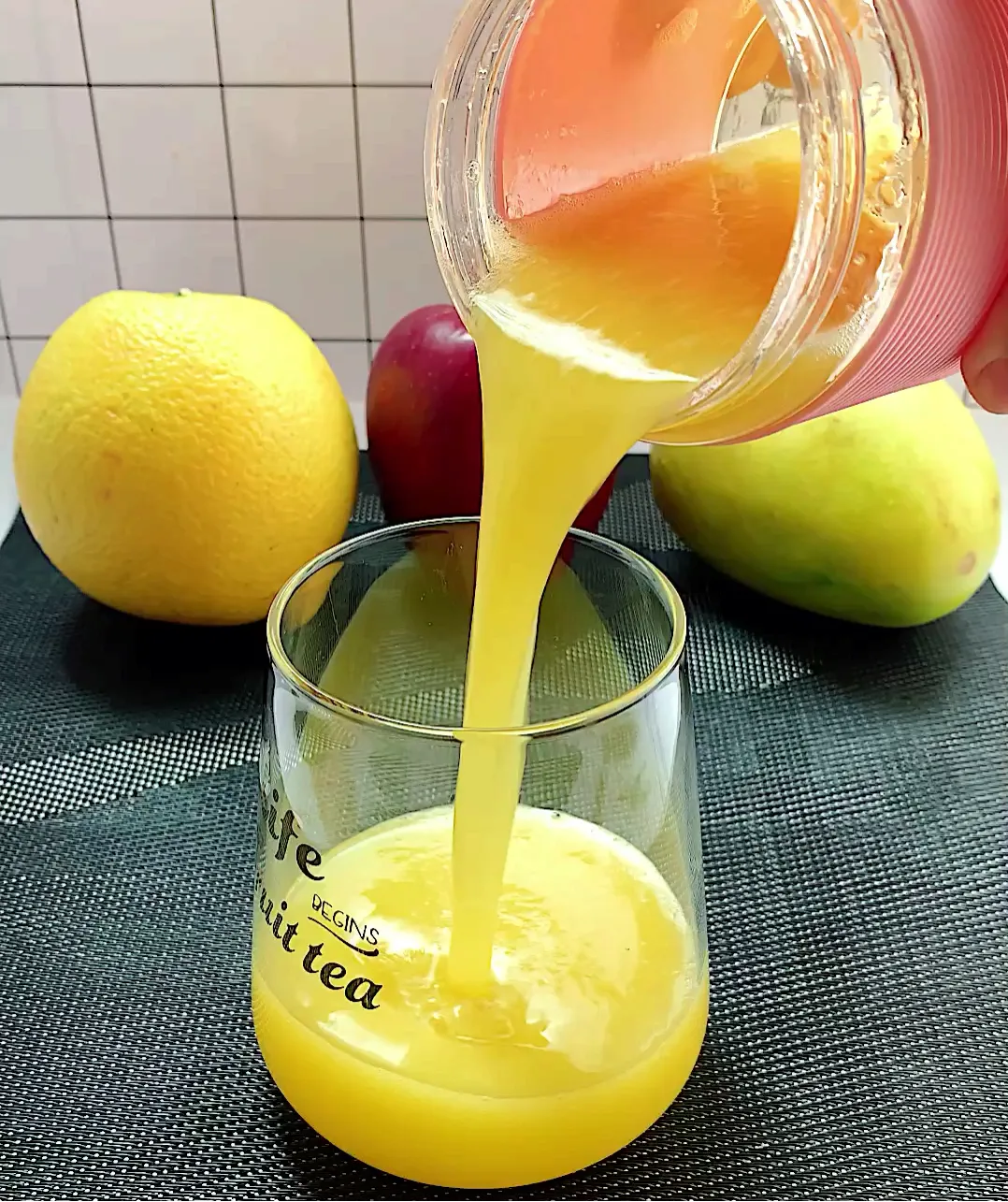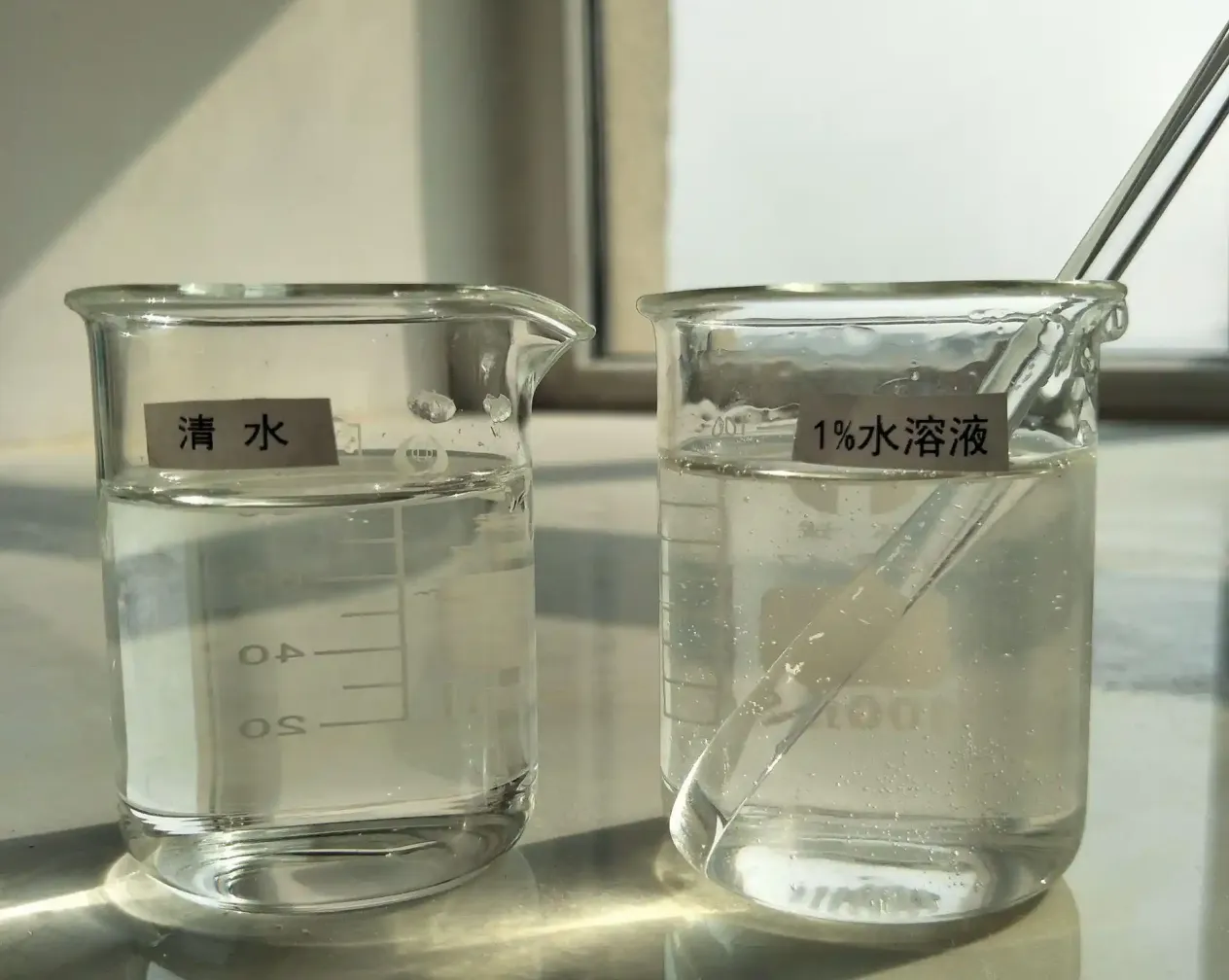
Exploring HPMC Types Grades and Applications in Food Pharma, and Eye Care
Hydroxypropyl Methyl Cellulose (HPMC) is a multi-functional, non-ionic cellulose ether widely used across pharmaceutical, food, and personal care industries.

Subtitle 1: Understanding HPMC Types, Solubility, and Functional Performance
It is derived from natural cellulose and chemically modified to enhance water retention, thickening, emulsifying, and film-forming properties. The versatility of HPMC arises largely from the different grades of HPMC and its ability to perform well in diverse environments.
Ada berbagai macam HPMC types, categorized primarily based on viscosity, substitution levels, and application needs. For example, HPMC E 15 is a pharmaceutical-grade product with medium viscosity and is widely used for film coating and sustained-release formulations. In contrast, food-grade HPMC is optimized for gelling, thickening, and stabilizing in both solid and liquid food products.
One of the critical aspects of HPMC's usability lies in its solubility. HPMC solubility is high in cold water but poor in hot water, which means it dissolves well at low temperatures and forms a uniform solution when properly dispersed. HPMC dispersion is a key process in applications like adhesives, coatings, and tablets where even distribution affects the final product quality.
A helpful tool in formulation design is the HPMC solubility chart, which maps the behavior of HPMC in various solvents and temperatures. This chart is especially important for food and pharmaceutical manufacturers needing precise control. Notably, HPMC solubility in ethanol is low, which is a key consideration when used with alcohol-based solutions. This characteristic is exploited in tablet film coatings where alcohol resistance is beneficial.

Subtitle 2: HPMC in Eye Care, Food, and Beverage Innovations
HPMC is not only widely used in pharmaceuticals but also plays a growing role in ophthalmic products. HPMC in eye drops acts as a lubricant, forming a protective layer over the cornea and relieving dryness and irritation. It is commonly found in artificial tears like HPMC drops and more advanced formulations such as Retaine HPMC vs MGD, a comparison often discussed in dry eye therapy. Retaine HPMC is favored for its moisturizing film, while MGD (Meibomian Gland Dysfunction) therapies typically target oil-deficient dry eyes.
In the food industry, HPMC in food functions as an emulsifier, stabilizer, and fat substitute. It is used to improve texture, extend shelf life, and maintain moisture in bakery goods, dairy alternatives, and frozen foods. For instance, plant-based meats and dairy-free cheeses benefit from HPMC’s gelling and water-holding abilities.
Interestingly, beverage manufacturers are exploring the use of HPMC juice formulations to enhance mouthfeel and stability in fruit juices and smoothies. This clean-label thickening agent helps prevent phase separation while maintaining clarity in the final product.
Premium HPMC products like Vivapharm HPMC offer high purity and consistent performance, making them suitable for regulated industries. Manufacturers trust these brands for medical-grade quality, especially when HPMC is used in sensitive applications like ophthalmology and food.
As industries continue to seek alternatives to synthetic additives and animal-based thickeners, HPMC offers a plant-derived, versatile, and safe option. Furthermore, HPMC vs HEMC (Hydroxyethyl Methyl Cellulose) is often compared in industrial contexts. While both are cellulose derivatives, HPMC has better solubility in water and forms clearer gels, making it more suitable for food and medical applications. HEMC, on the other hand, is used more commonly in construction due to its improved thickening properties in alkaline environments.

HPMC’s Expanding Role in Modern Formulation Science
From eye drops to vegan foods, HPMC continues to prove its adaptability and value across sectors. With a variety of HPMC types and viscosity grades available, formulators have the flexibility to tailor products to specific application requirements. The increasing demand for high-performance, plant-derived ingredients has positioned HPMC as a go-to solution for manufacturers seeking functionality, safety, and consistency.
Understanding HPMC solubility, dispersion behavior, and compatibility with different substances such as ethanol is key to achieving optimal performance. Whether you are designing a controlled-release drug tablet, developing a soothing HPMC eye drop, or enhancing the texture of HPMC juice, knowing the different grades of HPMC can help guide your decisions.
Premium options like Vivapharm HPMC ensure quality assurance, while practical insights from tools like the HPMC solubility chart help ensure accurate formulations. As innovation in health and nutrition accelerates, HPMC will remain a cornerstone ingredient bridging science and consumer needs.
FAQ Title: Key Questions About HPMC Types, Solubility, and Applications
What are the different types of HPMC and their uses?
Answer:Ada berbagai macam HPMC types, mainly classified by viscosity and substitution levels. Pharmaceutical grades like HPMC E 15 are used in tablet coatings and sustained-release systems. Food-grade HPMC is used as a thickener and stabilizer, while industrial types serve applications like paints and adhesives.
How does HPMC behave in water and alcohol?
Answer:HPMC solubility is high in cold water, forming a clear solution, but it is not soluble in hot water or ethanol. This makes it ideal for formulations requiring cold-water dispersion and resistance to alcohol-based solvents, as noted in HPMC solubility in ethanol.
What is the role of HPMC in eye drops?
Answer:HPMC in eye drops acts as a lubricant and moisture barrier. It helps soothe dry or irritated eyes by forming a protective film over the surface. Products like HPMC drops or Retaine HPMC vs MGD are designed for dry eye relief with different moisturizing mechanisms.
Is HPMC safe for food and beverages?
Answer:Yes, HPMC in food is widely accepted as safe (GRAS status). It is used in baked goods, dairy alternatives, and beverages such as HPMC juice to enhance texture, maintain moisture, and prevent ingredient separation.
How does HPMC compare to HEMC in formulations?
Answer:While both are cellulose ethers, HPMC vs HEMC shows that HPMC offers better solubility and clarity in aqueous systems, making it preferable in pharmaceuticals and food. HEMC, however, performs better in highly alkaline environments like cement and plaster formulations.
-
Hydroxypropyl Starch as a Sustainable Construction AdditiveNewsNov.24,2025
-
The Gelation Properties of CMCNewsNov.21,2025
-
Redispersible Latex Powder and Water Retention CapacityNewsNov.21,2025
-
Dosage Control for Polycarboxylate Water ReducerNewsNov.21,2025
-
Film-Forming Properties of Polyvinyl AlcoholNewsNov.21,2025
-
The Function of Gypsum Additives in MortarNewsNov.21,2025





















